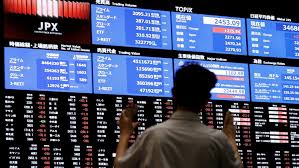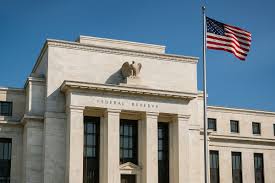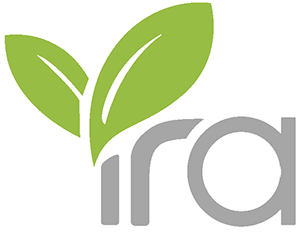
News

Cambodia: January-May rubber exports bounce up 3% on-year
Cambodia exported more than 100,000 tonnes of natural rubber latex in the first five months of 2022, an increase of three percent year-on-year, amid a four percent drop in the wholesale going rate for the milky-white exudate at top-quality, according to the General Directorate of Rubber.
The department – under the Ministry of Agriculture, Forestry and Fisheries – reported that in January-May, the export of latex reached 105,048 tonnes, up to three percent year-on-year, while commercial shipments of rubber wood stood at 13,026 cubic meters.
Revenue from exports clocked in at $168,468,640 for latex and $1,813,391 for rubber wood.
Directorate head Him Aun affirmed that as of May, the average wholesale selling price of first-rate latex was $1,604 per tonne, down by $71 per tonne or four percent year-on-year.
“In May, the average price of natural rubber showed a decline in the international market compared to April.
“For Cambodia, the rubber market is dependent on the international market, as almost 100 percent of exports are down – first, the fear of inflation; second, raising interest rates in the US; and third, the depreciation of the currency in major rubber exporting countries and the continued lockdown of parts of China,” he said, also attributing the drop to the Russia-Ukraine conflict and other global economic factors.
But, offering a silver lining, Aun pointed out that the Council for the Development of Cambodia (CDC) has recently approved a number of car tyre manufacturing projects and other investment ventures, which he said would demand large amounts of rubber, and potentially stabilize the prices and markets of the commodity.
Still, he noted, an inspection by the directorate at such a facility in Svay Rieng province determined that the operator had not purchased natural Cambodian rubber for processing by then, commenting that car tyres could be made with synthetic rubber as well.
Regardless, Aun said the directorate would work with this company and other firms in the tyre business, going as far as “facilitating the purchase” of natural rubber from local farmers and businesses.
Chea Sakhin, president of the Memot Rubber Smallholding Agricultural Cooperative, said that although latex output has risen due to favorable weather, the price of the commodity fell last month over April due to the resulting oversupply.
He said that in general, early harvest rubber is always good because demand is high and supply is still low, but during the peak harvest season, prices tend to dip slightly. According to him, the average price of rubber was $1,600 per tonne last month, down $43 month-on-month and $100 year-on-year.
“At the beginning of this year, there weren’t as many strong winds as last year, so less damage was done to the rubber. Our cooperative wants to have more rubber processing factories to help buy rubber from farmers and stabilize prices.
“Members of the community have not been able to expand their arable land areas because the market is not yet stable and we’re still in the Covid-19 crisis, while land prices are also rising,” Sakhin said.
According to the directorate, Cambodia has 404,044ha dedicated to rubber production, of which 310,193ha are mature enough to be tapped for latex, or six percent more year-on-year. It estimates that from 2022, the Kingdom will be able to export an annual average of 400,000 tonnes of rubber, to markets such as China, Vietnam, Singapore, and Malaysia.
Read more at The Phnom Penh Post
Reference : The Phnom Penh Post
Latest News

INTERNATIONAL RUBBER ASSOCIATION
SECRETARIAT
THE THAI RUBBER ASSOCIATION
45, 47 Chotivithayakul 3 Road, Hatyai, Songkhla 90110, Thailand
+66 74 429311, +66 74 429011-2
+66 74 429312
secretariat@irainfo.org





